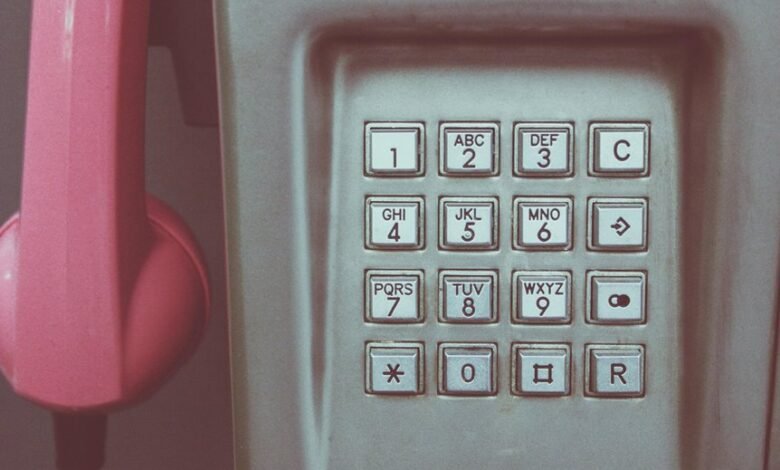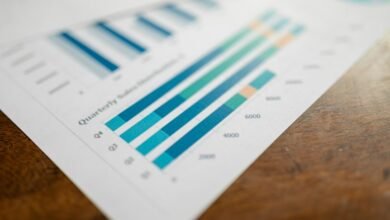Who Called You From 8595726165, 8596558816, 8597128313, 8602400347, 8603837250, and 8609670493? Find Out Everything About Any Phone Number

Numerous individuals have reported receiving calls from the numbers 8595726165, 8596558816, 8597128313, 8602400347, 8603837250, and 8609670493. The origins and intentions behind these calls remain unclear. Understanding who is behind these numbers can illuminate patterns of communication. Various tools exist for uncovering caller identities, yet many remain unaware of their potential. What insights could these resources provide? The answers may reveal more than just names.
Understanding the Nature of Unknown Calls
While many individuals may feel a sense of unease when confronted with unknown calls, understanding the nature of these calls can provide valuable insights into their origins and intentions.
Analyzing factors such as caller identity and call frequency can reveal patterns and motives. This analytical approach not only demystifies the unknown but also empowers individuals to reclaim their freedom in communication.
Tools and Resources for Identifying Callers
Identifying unknown callers can be significantly aided by various tools and resources designed for this purpose.
Reverse lookup services offer users the ability to trace phone numbers back to their owners, enhancing caller identification.
Additionally, mobile applications and websites provide real-time feedback on incoming calls, empowering individuals to make informed decisions about answering or blocking unwanted communications, thus promoting personal freedom and security.
Tips for Handling Unsolicited Calls
When faced with unsolicited calls, individuals often find themselves navigating a landscape of uncertainty and annoyance.
To regain control, employing blocking features on devices can effectively minimize interruptions.
Furthermore, reporting numbers to relevant authorities not only aids personal peace but contributes to broader efforts against spam calls.
This proactive approach empowers individuals, fostering a sense of autonomy in an increasingly intrusive communication environment.
Conclusion
In an era where communication is often clouded by anonymity, the quest to identify unknown callers like those from 8595726165, 8596558816, and others reveals both the potential dangers and the resources available for protection. As individuals delve into reverse lookup services, they may uncover motives behind these unsolicited calls, raising questions about privacy and safety. Ultimately, the pursuit of knowledge about these numbers not only empowers individuals but also highlights the broader implications of our interconnected digital landscape.



